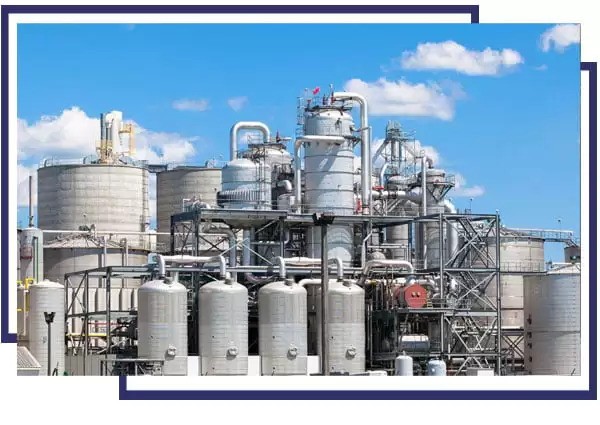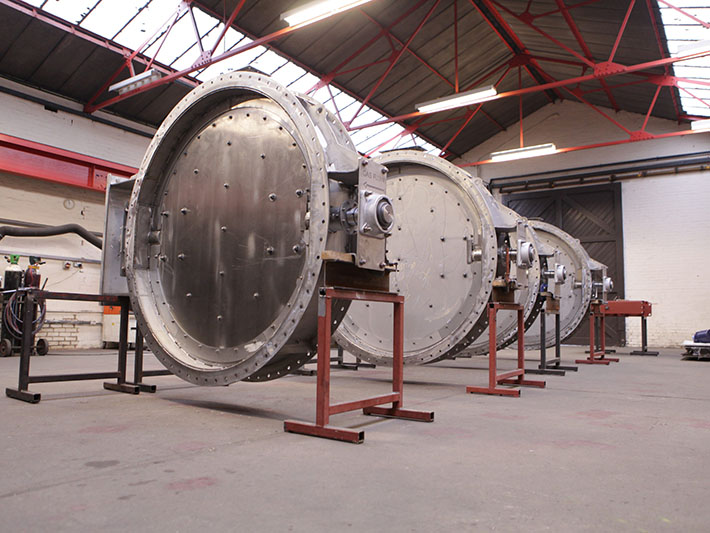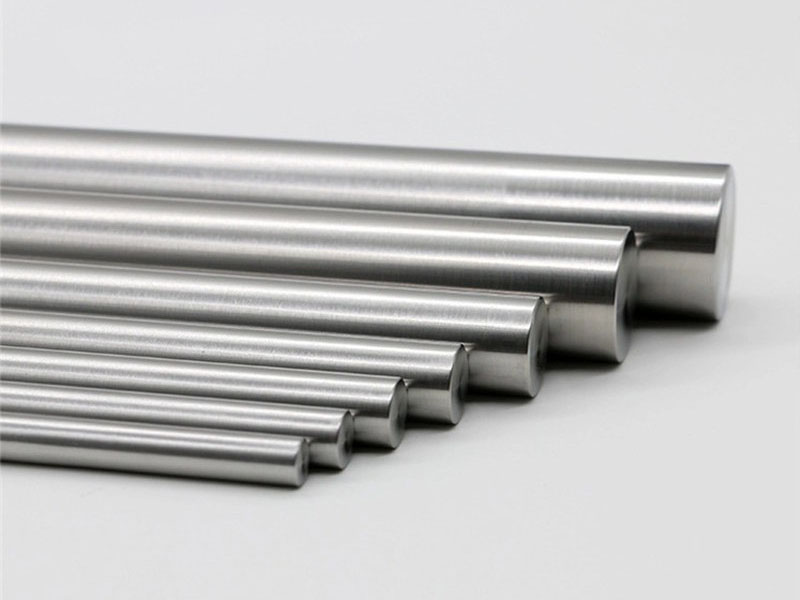





Phone
+86-731-82250427
Address
25th floor, C3 Building, Wanda Plaza, Kaifu District, Changsha, Hunan Province, China.
 Sep 30 2025
Sep 30 2025Nickel and stainless steel are inextricably linked. The price of nickel significantly influences the cost of stainless steel production, and any fluctuations in the price of nickel directly affect the stainless steel market. In 2025, this relationship has become even more apparent, as the price of nickel has risen sharply due to supply constraints, geopolitical tensions, and increasing demand from the electric vehicle (EV) sector.
The surge in nickel prices in recent months has been largely attributed to supply-side constraints, particularly in Indonesia, which produces a significant portion of the world’s nickel. Indonesia has tightened its export regulations, pushing up prices in global markets. This price increase has had a direct impact on the cost of producing stainless steel, as nickel is a primary alloying element in stainless steel production.
Stainless steel manufacturers are facing rising production costs due to higher nickel prices, and many have been forced to pass these costs onto consumers. The impact has been particularly evident in the automotive and construction sectors, where stainless steel is heavily used. As production costs rise, some manufacturers are exploring alternative materials to stainless steel, especially in non-critical applications where cost savings are essential.
The demand for nickel in the EV market has been one of the key drivers behind the surge in nickel prices. As automakers push for greater battery capacity and longer ranges, the demand for high-purity nickel, which is used in lithium-ion batteries, has skyrocketed. This has led to a tighter supply of nickel, which has driven up its price.
The increased demand for nickel from the EV sector is not only affecting the price of nickel but also the stainless steel market. Stainless steel manufacturers are competing with battery manufacturers for access to nickel, and the rising price of nickel has created a challenge for stainless steel producers. Some manufacturers have started exploring the use of recycled nickel to mitigate supply constraints, but this solution is not yet widespread.
Geopolitical factors are also playing a crucial role in the relationship between nickel and stainless steel. Trade wars, particularly between the U.S. and China, have created disruptions in the global supply chain, impacting both the price and availability of nickel. Tariffs on steel products, including stainless steel, have led to higher prices in certain regions, with the U.S. imposing a 25% tariff on Chinese steel imports.
These trade tensions have complicated the sourcing strategies of stainless steel producers. Many are looking to source materials from countries outside of traditional suppliers to avoid the impact of tariffs. This has added another layer of complexity to the already strained nickel market.
The relationship between nickel and stainless steel is one of interdependence. Rising nickel prices, driven by increased demand from the EV sector and supply-side challenges, are directly impacting stainless steel production costs. At the same time, global trade dynamics and geopolitical tensions are influencing the availability and pricing of both nickel and stainless steel. Manufacturers in both sectors must adapt to these challenges, exploring alternative materials, diversifying sourcing strategies, and investing in sustainable practices to remain competitive in an increasingly complex market.
